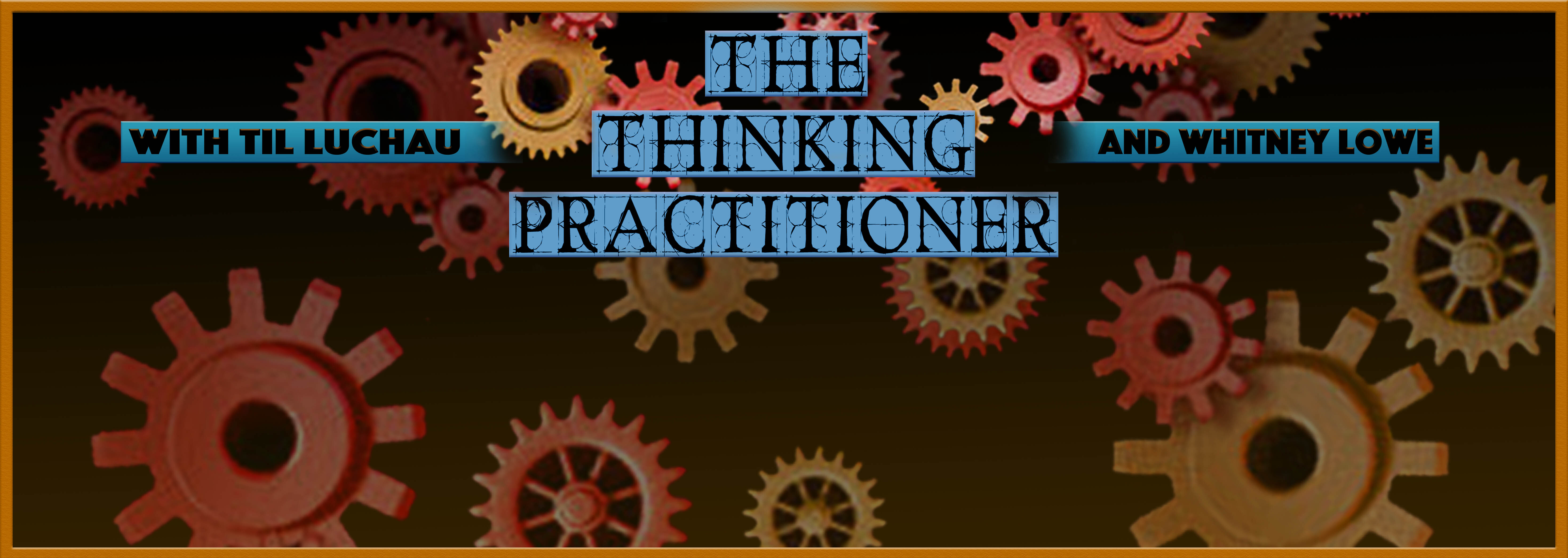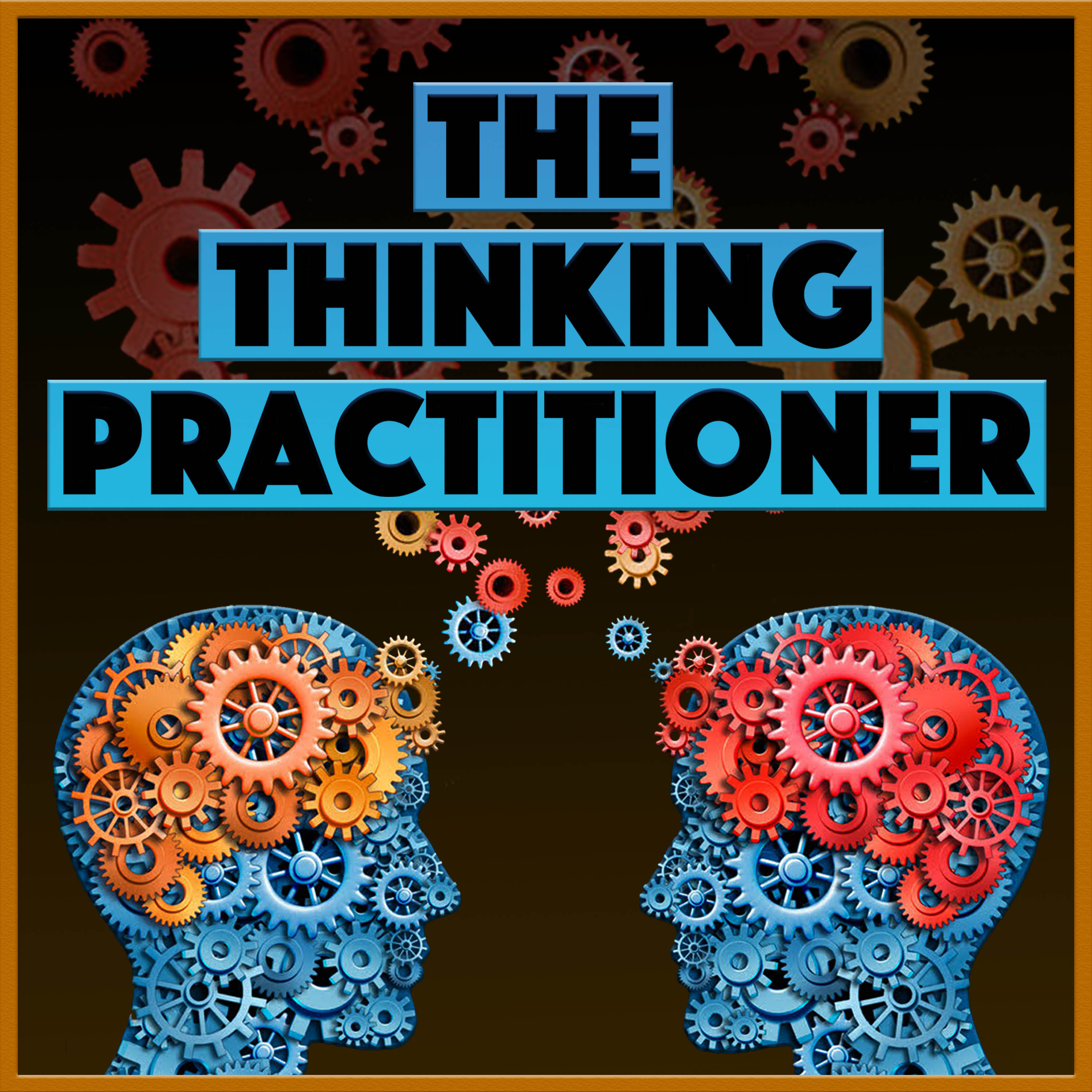
479.1K
Downloads
149
Episodes
Join two of the leading educators in manual therapy, bodywork, and massage therapy, as they delve into the most intriguing issues, questions, research, and client conditions that hands-on practitioners face. Stimulate your thinking with imaginative conversations, tips, and interviews related to the somatic arts and sciences.
Episodes
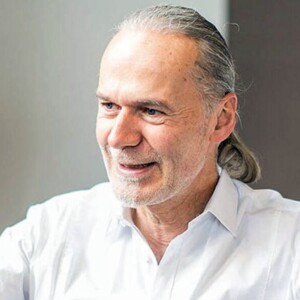
Wednesday May 14, 2025
144: Fascia, Emotion, Inflammation, & Attention (with Robert Schleip)
Wednesday May 14, 2025
Wednesday May 14, 2025
🎙In this thought-provoking episode, Til and Whitney welcome back fascia researcher Robert Schleip to explore the evolving science behind fascia’s role in emotional regulation, inflammation, and sensory experience. They dive into Schleip’s keynote for the upcoming 7th International Fascia Research Congress and discuss emerging research on fascia as a dynamic neuro-immune interface.
Robert shares his updates on fascinating insights into attention, depression, touch, circadian rhythms, and how fascia may bridge body and mind in ways we’re only beginning to understand.
🕑 Key Topics
-
04:15 – Schleip’s keynote preview: fascia, emotion, and immune interaction
-
06:09 – The new direction of the 2025 Fascia Research Congress
-
07:55 – Polyvagal theory and fascia: Schleip on Porges and the vagus nerve
-
12:15 – Fascia and depression: new findings on thickened epimysium
-
20:47 – Foam rolling, mindful attention, and emotional filtering in depression
-
26:12 – Reticular formation, attention, and touch outcomes
-
32:07 – Therapist vs client attention: new data on treatment impact
-
37:12 – The history and evolution of the Fascia Research Congress
-
44:04 – Fascia, safety, and perceptual context
-
48:00 – Sliding fascia and emotional stress: 48-hour delay and resilience
-
51:40 – New paradigm: from force transmission to circadian rhythms and synthesis
-
56:21 – Schleip’s takeaway: return to wonder and curiosity under the stars
💡 Join the Conversation: Share your thoughts with us!
📌 Sponsored by: ABMP and Books of Discovery, with in-kind support from the Fascia Research Society
✨ Rate, review, and share! Help others discover The Thinking Practitioner podcast.
📄 Get the full transcript at Til or Whitney's sites!
- Whitney Lowe’s site: AcademyOfClinicalMassage.com
- Til Luchau’s site: Advanced-Trainings.com
Resources discussed in this episode:
- Fascia Research Congress: save $100 when you use the coupon code "THINKING" at https://www.frscongress.org/
Sponsor Offers:
- Books of Discovery: save 15% by entering "thinking" at checkout on booksofdiscovery.com.
- ABMP: save $24 on new membership at abmp.com/thinking.
- Advanced-Trainings: try a month of the amazing A-T Subscription free by entering “thinking” at checkout at a-t.tv/subscriptions/,.
- Academy of Clinical Massage: Grab Whitney's valuable Assessment Cheat Sheet for free at: academyofclinicalmassage.com/cheatsheet
- Fascia Research Congress: save $100 when you use the coupon code "THINKING" at https://www.frscongress.org/
About Whitney Lowe | About Til Luchau | Email Us: info@thethinkingpractitioner.com
(The Thinking Practitioner Podcast is intended for professional practitioners of manual and movement therapies: bodywork, massage therapy, structural integration, chiropractic, myofascial and myotherapy, orthopedic, sports massage, physical therapy, osteopathy, yoga, strength and conditioning, and similar professions. It is not medical or treatment advice.)
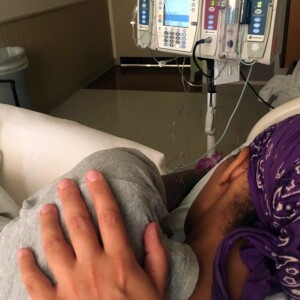
Wednesday Apr 30, 2025
143: Palliative Massage is for Everyone (with Cal Cates)
Wednesday Apr 30, 2025
Wednesday Apr 30, 2025
🎙Cal Cates returns to The Thinking Practitioner to explore the essential role massage therapy can play in palliative and end-of-life care. In conversation with Til Luchau and Whitney Lowe, Cal shares practical insights, personal stories, and the philosophy behind Healwell’s innovative mPATH training program. Together they unpack ways that all massage therapists and bodyworkers can better support patients, caregivers, and care teams—not by fixing, but by listening, noticing, and showing up with presence.
🌟 Key Topics:
-
[04:37] What is palliative care—and where massage therapy fits
-
[07:15] The cultural fear of dying and how it limits care
-
[11:38] Common assumptions therapists make about palliative care
-
[13:21] Massage therapy is palliative care—philosophically and practically
-
[16:36] Caregiver stress: why the family is the “unit of care”
-
[20:23] Communication as the primary intervention in palliative settings
-
[24:06] How therapeutic touch invites emotional openness
-
[25:44] Self-regulation and presence as clinical skills
-
[31:38] Cal’s personal story: how they began this work
-
[36:39] Are we making progress as a culture in facing death?
-
[38:37] Skills and mindsets bodyworkers can cultivate
-
[46:16] The mPATH program: advanced training for palliative care massage
-
[52:21] What can go wrong without proper preparation
-
[57:13] Technique is important—but presence makes it land
-
[58:17] Resources and where to learn more
💡 Join the Conversation: Share your thoughts with us!
📌 Sponsored by: ABMP and Books of Discovery, with in-kind support from the Fascia Research Society
✨ Rate, review, and share! Help others discover The Thinking Practitioner podcast.
📄 Get the full transcript at Til or Whitney's sites!
- Whitney Lowe’s site: AcademyOfClinicalMassage.com
- Til Luchau’s site: Advanced-Trainings.com
Resources discussed in this episode:
- Healwell's mPATH program: https://Healwell.org/mPATH
- Cal's recommendations
- Palliative Touch by Cindy Spence
- Oncology Massage: An Integrative Approach to Cancer Care by Rebecca Sturgeon and Janet Penny
- Massage Therapy and Medical Conditions: a Decision Tree Approach by Tracy Walton
- Vital Talk
- The Center to Advance Palliative Care
- Mandy Bartolovich on the Folding Towels podcast talking about pediatric palliative massage work and her research.
- Friday Chalk Talk - Palliative Care
Sponsor Offers:
- Books of Discovery: save 15% by entering "thinking" at checkout on booksofdiscovery.com.
- ABMP: save $24 on new membership at abmp.com/thinking.
- Advanced-Trainings: try a month of the amazing A-T Subscription free by entering “thinking” at checkout at a-t.tv/subscriptions/,.
- Academy of Clinical Massage: Grab Whitney's valuable Assessment Cheat Sheet for free at: academyofclinicalmassage.com/cheatsheet
- Fascia Research Congress: save $100 when you use the coupon code "thinking" at https://www.frscongress.org/
About Whitney Lowe | About Til Luchau | Email Us: info@thethinkingpractitioner.com
(The Thinking Practitioner Podcast is intended for professional practitioners of manual and movement therapies: bodywork, massage therapy, structural integration, chiropractic, myofascial and myotherapy, orthopedic, sports massage, physical therapy, osteopathy, yoga, strength and conditioning, and similar professions. It is not medical or treatment advice.)
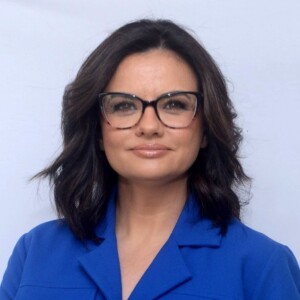
Wednesday Apr 16, 2025
142: Fascia and the Vagus Nerve (with Fabiana Silva)
Wednesday Apr 16, 2025
Wednesday Apr 16, 2025
🎙Til Luchau speaks with physiotherapist and fascia researcher Fabiana Silva about the emerging connections between fascia, the vagus nerve, and systemic inflammation. They explore both the science and the practical applications of manual therapy, transcutaneous vagus nerve stimulation, and the challenges of clinical research in the hands-on healing arts. Fabiana is also the President of the Fascia Research Society, and shares highlights from the upcoming 2025 Fascia Research Congress in New Orleans.
🎧 Tune in to learn how fascia influences vagal tone, inflammation, mood, and more — and how practitioners can work more effectively with these systems.
🌟 Key Topics:
---
💡 Join the Conversation: Share your thoughts with us!
📌 Sponsored by: ABMP and Books of Discovery, with in-kind support from the Fascia Research Society
✨ Rate, review, and share! Help others discover The Thinking Practitioner podcast.
📄 Get the full transcript at Til or Whitney's sites!
- Whitney Lowe’s site: AcademyOfClinicalMassage.com
- Til Luchau’s site: Advanced-Trainings.com
Resources discussed in this episode:
- The 7th International Fascia Research Congress, August 10–14, 2025: https://www.frscongress.org/
- Fascia Research Society: https://fasciaresearchsociety.org/
Sponsor Offers:
- Books of Discovery: save 15% by entering "thinking" at checkout on booksofdiscovery.com.
- ABMP: save $24 on new membership at abmp.com/thinking.
- Advanced-Trainings: try a month of the amazing A-T Subscription free by entering “thinking” at checkout at a-t.tv/subscriptions/,.
- Academy of Clinical Massage: Grab Whitney's valuable Assessment Cheat Sheet for free at: academyofclinicalmassage.com/cheatsheet
- Fascia Research Congress: save $100 when you use the coupon code "thinking" at https://www.frscongress.org/
About Whitney Lowe | About Til Luchau | Email Us: info@thethinkingpractitioner.com
(The Thinking Practitioner Podcast is intended for professional practitioners of manual and movement therapies: bodywork, massage therapy, structural integration, chiropractic, myofascial and myotherapy, orthopedic, sports massage, physical therapy, osteopathy, yoga, strength and conditioning, and similar professions. It is not medical or treatment advice.)
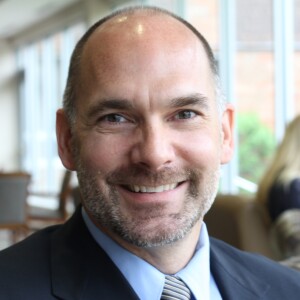
Wednesday Apr 02, 2025
141: Massage in Integrative Healthcare (with Dale Healey)
Wednesday Apr 02, 2025
Wednesday Apr 02, 2025
Key Topics:
- 0:07:00 Defining Integrative Healthcare
- 0:22:30 The Role of Massage in Medical Settings
- 0:34:00 Challenges in Massage Therapy Education
- 0:42:00 Building Relationships Across Healthcare Disciplines
- 0:45:30 Strategies for Massage Therapists to Expand Their Impact
---
💡 Join the Conversation: Share your thoughts with us!
📌 Sponsored by: ABMP and Books of Discovery
✨ Rate, review, and share! Help others discover The Thinking Practitioner podcast.
📄 Get the full transcript at Til or Whitney's sites!
- Whitney Lowe’s site: AcademyOfClinicalMassage.com
- Til Luchau’s site: Advanced-Trainings.com
Sponsor Offers:
- Books of Discovery: save 15% by entering "thinking" at checkout on booksofdiscovery.com.
- ABMP: save $24 on new membership at abmp.com/thinking.
- Advanced-Trainings: try a month of the amazing A-T Subscription free by entering “thinking” at checkout at a-t.tv/subscriptions/,.
- Academy of Clinical Massage: Grab Whitney's valuable Assessment Cheat Sheet for free at: academyofclinicalmassage.com/cheatsheet
About Whitney Lowe | About Til Luchau | Email Us: info@thethinkingpractitioner.com
(The Thinking Practitioner Podcast is intended for professional practitioners of manual and movement therapies: bodywork, massage therapy, structural integration, chiropractic, myofascial and myotherapy, orthopedic, sports massage, physical therapy, osteopathy, yoga, strength and conditioning, and similar professions. It is not medical or treatment advice.)
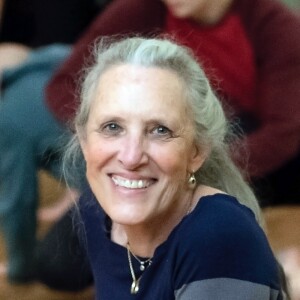
Wednesday Mar 19, 2025
140: Embodied Attention: Contact Improvisation and Bodywork (with Nita Little)
Wednesday Mar 19, 2025
Wednesday Mar 19, 2025
🎙How does touch shape our perception, our movement, and our connection with others? In this fascinating conversation, Til Luchau welcomes movement pioneer Nita Little, a foundational figure in Contact Improvisation dance, for a deep dive into the world of touch, movement, and attention. Join them as they explore the ways that touch is a language, why attention transforms both bodywork and movement, and how embracing uncertainty can expand our understanding of presence and connection.
Their conversation also touches on the challenges of aging, the importance of imagination, and the potential of touch to expand our identity and sense of self, and offers transformative insights for bodyworkers, dancers, and anyone curious about human interaction.
🌟 Key Topics:
•The Origins of Contact Improvisation Dance (02:21) – How Nita’s work with Steve Paxton helped shape a new movement form.
•Reflexive Action & Improvisational Touch (07:13) – How instinctive movement informs our interactions.
•Touch as a Language (10:36) – Understanding touch beyond technique, and instead, as a dynamic dialogue.
•The Eternal Moment & Presence in Touch (17:23) – How touch can alter our perception of time.
•Boundaries, Social Norms, and Touch (35:09) – Expanding our understanding of what’s possible.
•Proprioception & The Mind-Body Connection (44:18) – Exploring movement beyond conscious control.
•Aging & Touch (55:39) – How embodied attention supports lifelong movement and adaptability.
---
💡 Join the Conversation: How has embodied attention, dance, or improvisation influenced your practice? Share your thoughts with us!
📌 Sponsored by: ABMP and Books of Discovery
✨ Rate, review, and share! Help others discover The Thinking Practitioner podcast.
📄 Get the full transcript at Til or Whitney's sites!
- Whitney Lowe’s site: AcademyOfClinicalMassage.com
- Til Luchau’s site: Advanced-Trainings.com
Resources discussed in this episode:
- Nita's site: https://www.nitalittle.com/
Sponsor Offers:
- Books of Discovery: save 15% by entering "thinking" at checkout on booksofdiscovery.com.
- ABMP: save $24 on new membership at abmp.com/thinking.
- Advanced-Trainings: try a month of the amazing A-T Subscription free by entering “thinking” at checkout at a-t.tv/subscriptions/,.
- Academy of Clinical Massage: Grab Whitney's valuable Assessment Cheat Sheet for free at: academyofclinicalmassage.com/cheatsheet
About Whitney Lowe | About Til Luchau | Email Us: info@thethinkingpractitioner.com
(The Thinking Practitioner Podcast is intended for professional practitioners of manual and movement therapies: bodywork, massage therapy, structural integration, chiropractic, myofascial and myotherapy, orthopedic, sports massage, physical therapy, osteopathy, yoga, strength and conditioning, and similar professions. It is not medical or treatment advice.)
